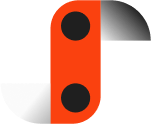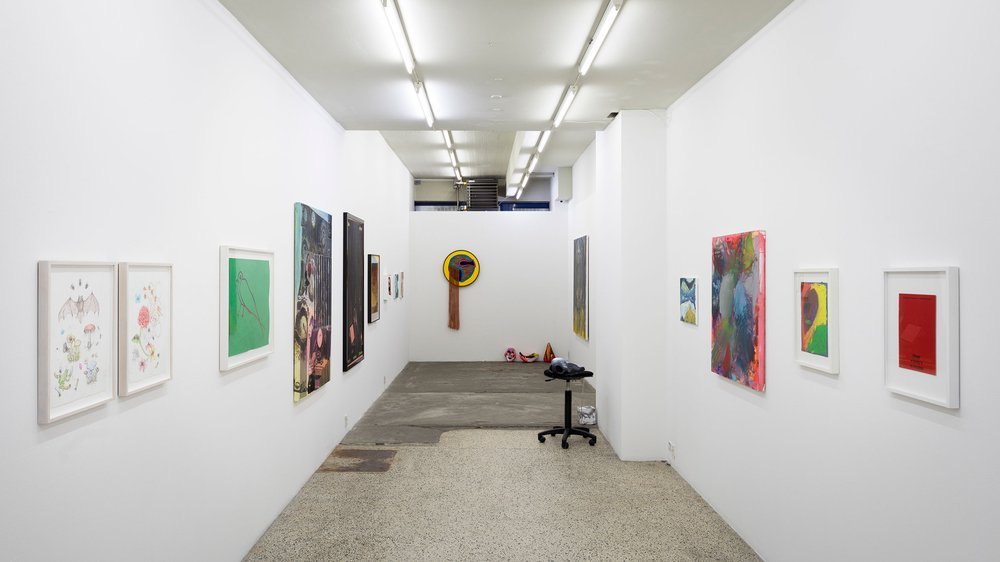David Mrugala explores patterns of hate and anger.
When you first look at the work of David Mrugala, and in particular his HATE: IN-SITU collection, there is this recognition of something natural—like the internal rings of a tree.
However, the only thing natural about the development of this work is its use of the human voice. It pairs angry and hateful vocal expressions with generative design to create beauty out of ugliness.
This may surprise some, but the most commonly used languages worldwide are not English and Mandarin. But, of course, this requires us to define the specific meaning of “use.” You see, there are a whole host of hidden languages that we interact with daily, which most of us don’t even realize that we are using. These languages span borders and cultures. We rely more on them than any other communication on the planet.
If you haven’t figured out where I am going with this, I am speaking about Code. The virtual languages that operate our entire digital lives. C+, C++, Java, Python, Perl – the list goes on, and new languages are constantly developing.
These are, what I would like to call, indirect languages – because most of us don’t use them specifically to communicate. And because of this, we often think of them as purely functional – for those that even think of them at all. They are a necessary system for the operation of our daily lives. Devoid of creative expression.
This couldn’t be further from the truth, of course. For those that work with Code daily, they understand it’s full of creativity. There are rules like any other language, but there is flexibility for developing a style and signature – just as a poet or author would.
This is the case with German architect David Mrugala. He uses his knowledge of code to develop algorithms that will produce works that fall into a growing artist area called Generative Art – which is art produced by an autonomous system.
Generative Art
This field, Generative Art, is a widely speculated area in the industry because it again raises the age-old question of “What is Art?” Is code that creates an output devoid of a “human” artist what could be considered “creative expression?”
I became fascinated with this concept, and the use of languages reserved for function and output, for developing artwork. Mrugula’s current work Hate: In-Situ was of particular interest because of its combination of human communication and code to produce generative artwork, so I reached out to him to learn more about his work, research, and process.
There is so much to unpack with your work, so tell me a little bit about your work as an artist and how you moved from architecture to creating artwork with code.
You are right, there is a lot to unpack, and it is quite a challenge for me to put it short here and give a satisfying answer. But I wouldn’t call or hesitate to call myself an artist as, in my view, I have never moved away from architecture.
Architecture is more than the built environment or a physical manifestation of concepts and ideas. Above all, architecture is heavily based on sets of codes, whether the city zoning, the building code itself or reoccurring social patterns. Moreover, working as an architect requires comprehension and using digital tools that involve parametric methods and coding. Thus my interest in creating works with code is natural to me.
Due to changes in my career and increased interest in digital media, I started a couple of years the platform thedotisblack when I moved to Korea. thedotisblack became one of two creative outlets or platforms where I could channel my creativity while at the same time learning new coding languages and exploring interactive and responsive methods. With time the platform evolved into an extensive archive of more than a thousand generative drawings that now serve me as a design library. It also gained a large follower base, and various works have been bought, exhibited, or published, encouraging me to continue with it.
Perhaps most important, though, thedotisblack is free of the conventions of architecture, and I can explore drawings freely, taking inspiration from everywhere and in any field. Thus the question of whether it is art or design always occurs frequently.
You work with a lot of generative art forms. Can you explain what that is and whether you think it blurs the lines between who is the artist and who is the medium?
That’s an excellent question. Generally, generative art forms are based on algorithms (a set of rules) that can be written in various programming languages. The word generative describes here an iterative process that involves a program that can create an infinite number of outputs that meet certain constraints set by the artist who is the program's author.
The outputs can be changed with values controlled by the artist directly or indirectly by an input source, such as an audio file. In this sense, there is a clear line between the medium and the artist who writes the program, selects, and refines the outcome. The medium is the algorithm or source code. However, the line between the medium and artist becomes blurred in interactive or responsive art. That’s when the input source is the artist, who in real-time interacts and shapes the outcome and may become the medium himself.
To a degree, my Hate In-Situ series blurs this line since the visuals represent emotions and memories of actual people who serve as a medium for the emotions… Quite intriguing. I will need to think about it.
You’re German, but you live and work in South Korea. How did that come to be?
Long story short. I always felt a desire for a great adventure… Before Korea, about ten years ago, I only embarked on a journey across land and sea, from Germany to Japan to India to Papua. It took me about two years, but along the way, I encountered plenty of opportunities which first made me stay and work as an architect in Ahmedabad/India, and then in Bangkok/Thailand, where I was offered to work in academia.
Eventually, through my work as an educator, I was invited to Korea and since then never left. However, Korea never really was on my mind when traveling and living in Asia. It has happened rather naturally, and for the past couple of years, I have been living here due to my work at Keimyung University in Daegu.
I want to elaborate a little more on your research through thedotisblack. You’ve written that it focuses “on the development of design knowledge through generative drawings with an emphasis on natural science studies, sound analysis, data visualization, and geometry.” Can you unravel that a little bit for me?
As I mentioned earlier, as an architect, I am naturally interested in patterns, geometry, abstraction, and natural sciences – while thedotisblack is free of any conventions. In general, with thedotisblack, I focus on simple rules in code that utilize basic design principles that can be overlapped, merged, or used for further development, especially in combination with natural science studies and architecture. In this context, geometry always plays a vital role for me as it enables a circular argument that brings things together while providing direction and flexibility.
At the same time, coding not only emphasizes the relationship among its parts but also enables the potential for a high and unexpected complexity of the whole that I cannot imagine with my mind but that I can control. With thedotisblack, I am exploring this complexity and control, while science studies and sound may add to the visual narratives.
The “20 to 20000 Hz Audiovisual Print” is a simple yet efficient example of this process. It’s 45 second-long drawing based on a few simple rules and uses the human frequency range as a visual narrative.
Let’s dig into this recent work, HATE: IN-SITU. How did that come to be?
This is a new series of audiovisuals I have developed this summer (note: the interview was conducted in 2019) for and in response to the Hate Festival in Korea, where the effects of hate in contemporary media and culture were investigated. However, the concept behind HATE In-Situ is not exclusive to hate and anger only. I had it on my mind for some time to explore the patterns, expressions, and aesthetics of emotions through audiovisuals.
The initial thought to the series came from Édouard-Léon Scott de Martinville, a 19th-century French printer and bookseller who was fascinated by ways of transcribing vocal sounds and eventually invented the phonautograph, of which “Au Clair de la lune” is the earliest known recording of voice in existence from 9 April 1860. The phonautograph collected sounds and created visual images for the investigation of sound to translate speech to text only.
Hate In-situ, on the other hand, attempts to explore and investigate, in a playful manner, the unique patterns and forms of vocal expressions through hate and anger. The works are audiovisual and are based on 24 seconds of audio recordings recorded in situ during the Hate Festival 2018 in Korea. Each audiovisual is an isolated visual artifact of hate and critical to interpretation and, consequently, of the culture and the experiences of the people that formed it at that time. Each hate experience is arranged through an audio recording into a circular shape where the beginning and end disappear. Thus the experience of hate and anger become isolated into a single timeless form – without beginning and end.
The circular shape, black, and the range of grey tones emphasize and support the expression of each audiovisual and keep them as unified patterns. Interestingly, each hate and anger emotion has a very distinct pattern that repeats, making it possible to read the visuals about each other without the audio. So a lot more can be said, but it’s better to leave it to the viewer to explore.
I also would like to mention that Hate in-situ is a collaborative work with vocals by Jung Ho Ryong, Heo Won Young, and Lee Hyeong Min. They were patiently exploring with me various expressions of hate for a couple of days. The series will gain a counterpart in the following months: Love In-Situ.
I’m interested in the idea of using Code not only as a language but also as a medium for artistic expression. What are your thoughts on this?
Code is a medium for creative and artistic expression. It depends on how it is used, though, just like a hammer is a tool and a medium for artistic expression to a sculptor, just like the English language is a tool to communicate, but also a medium for a poet. I could continue with such examples. However, compared to a hammer or written English language, too many people coding in a foreign language are not visible and are mainly hidden in bits and bytes. We primarily experience code (algorithms) but don’t see it, just like we experience emotions of hate and anger.










